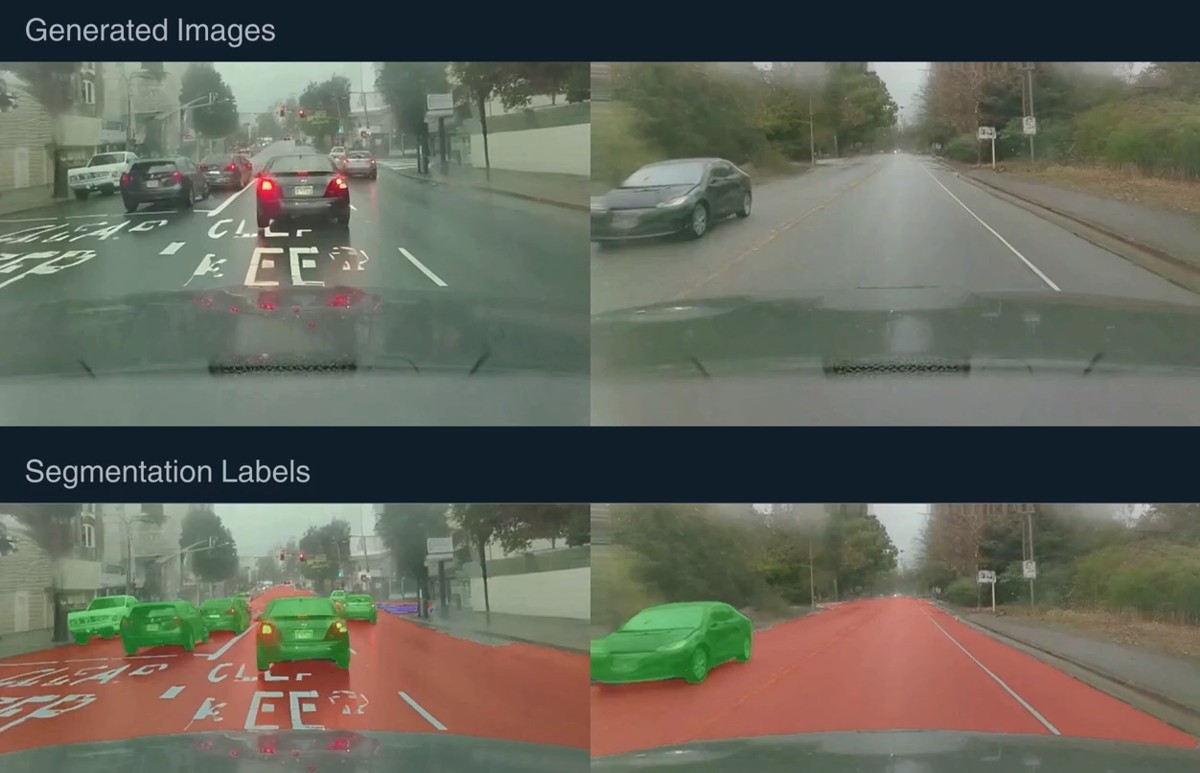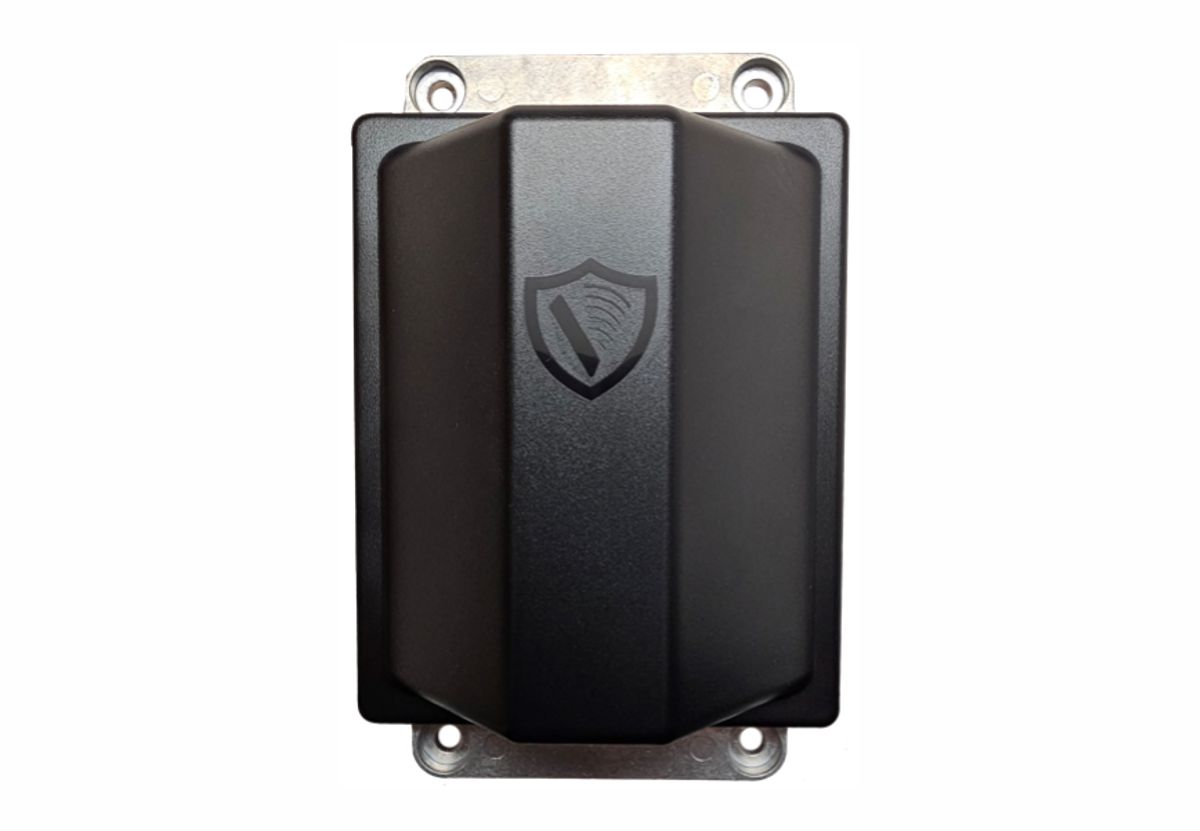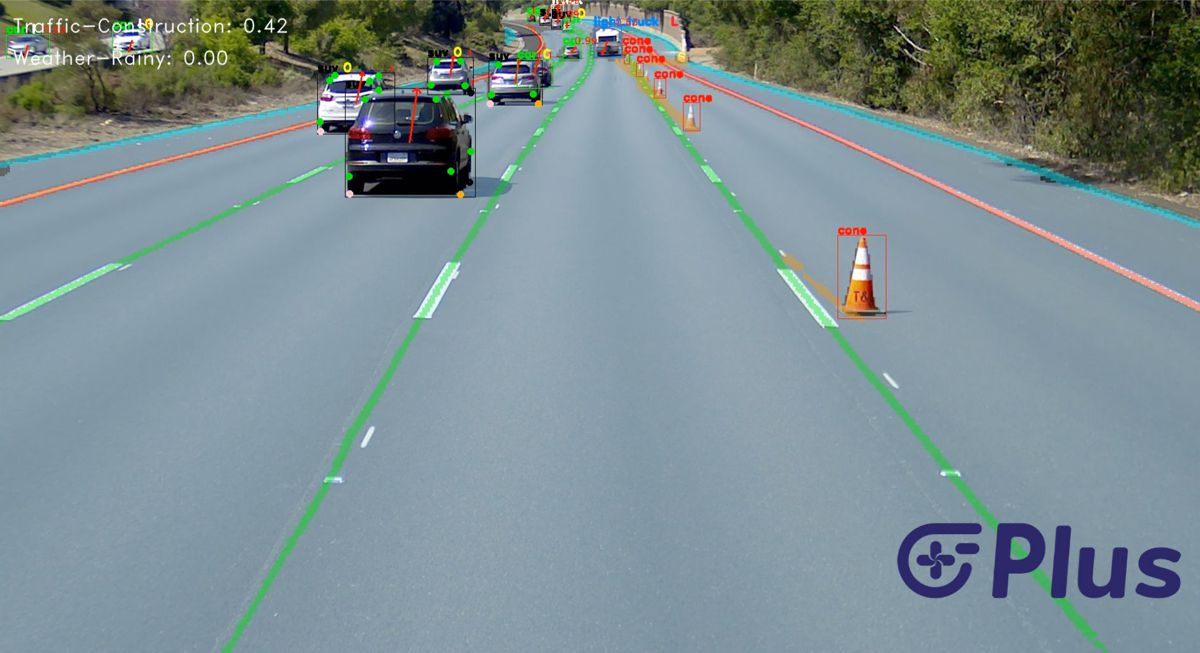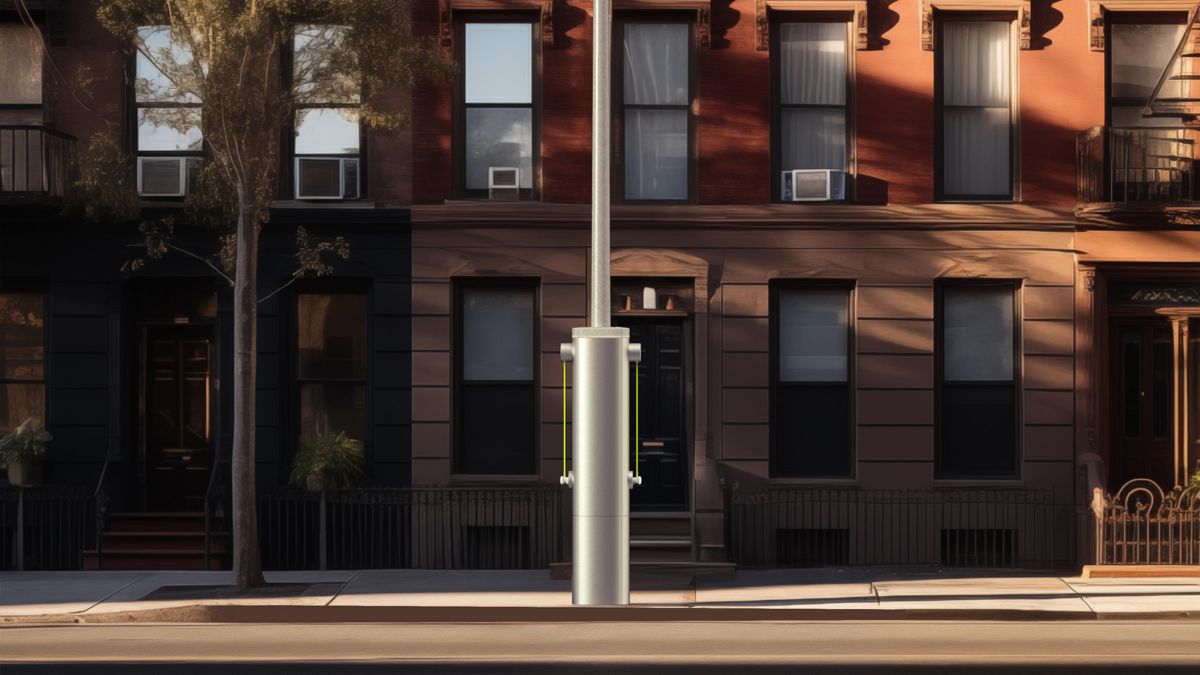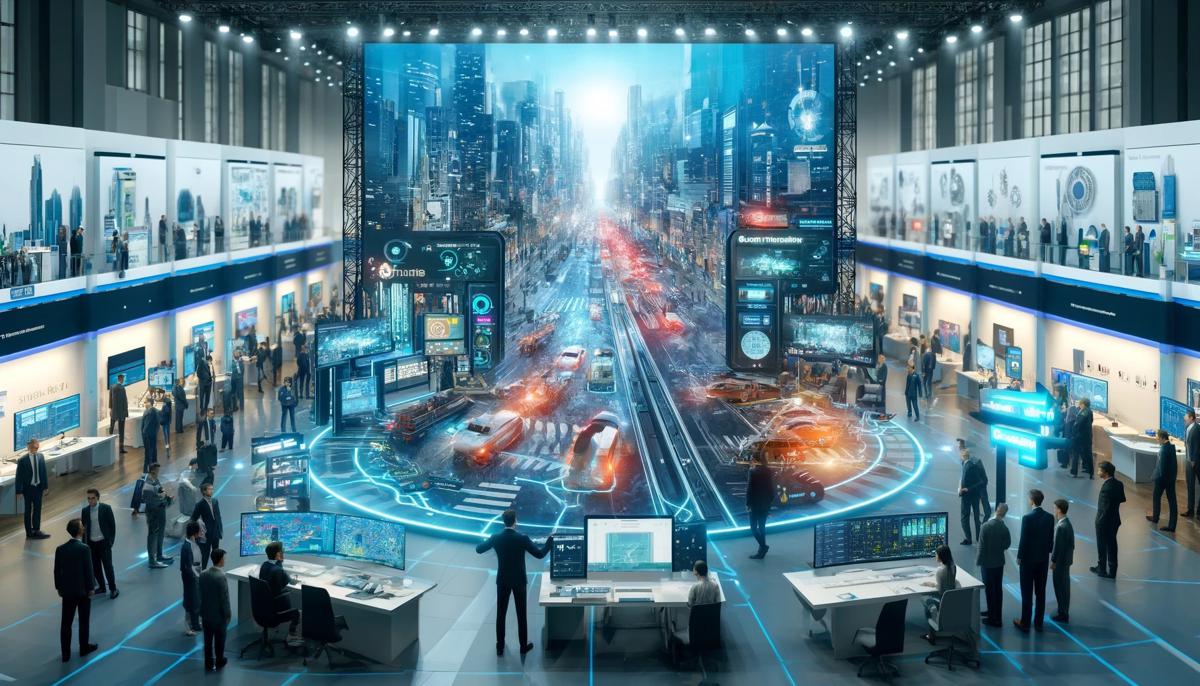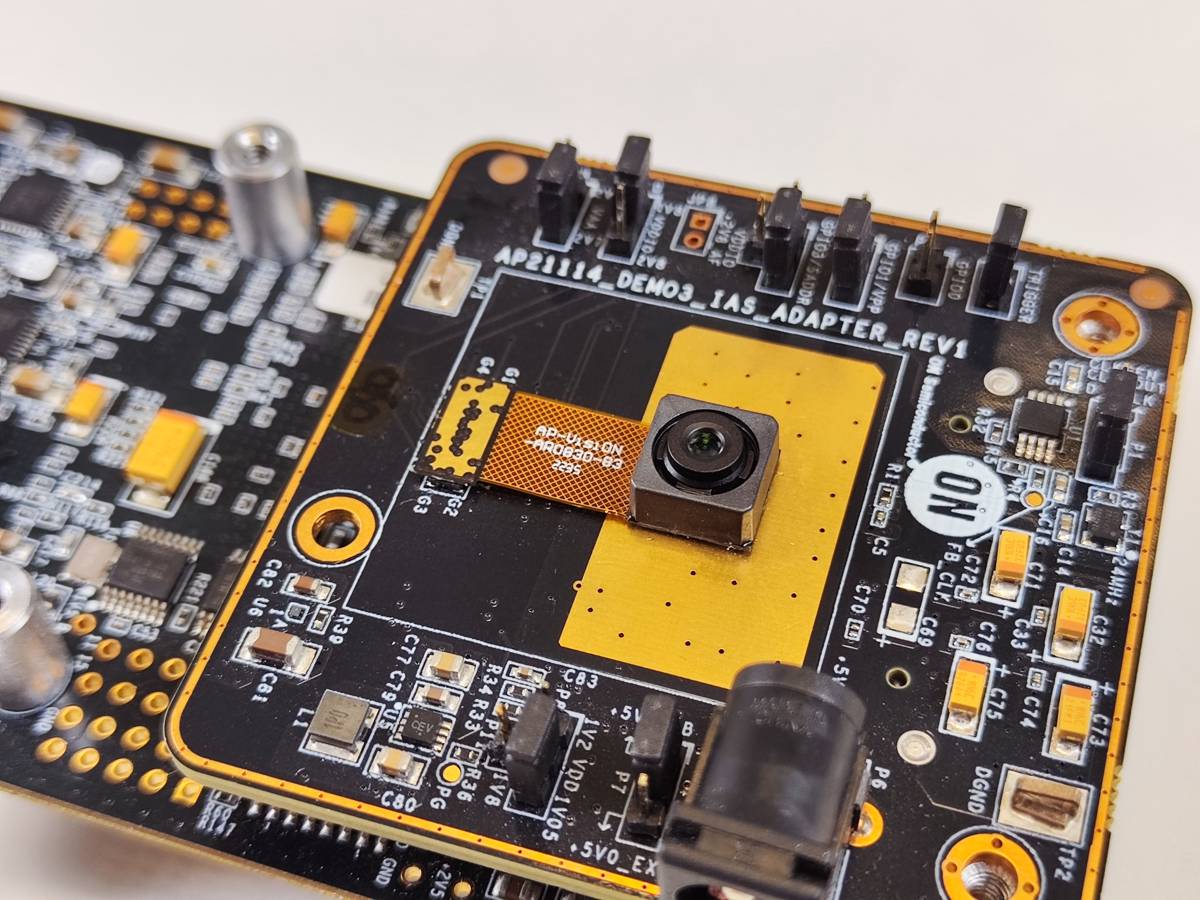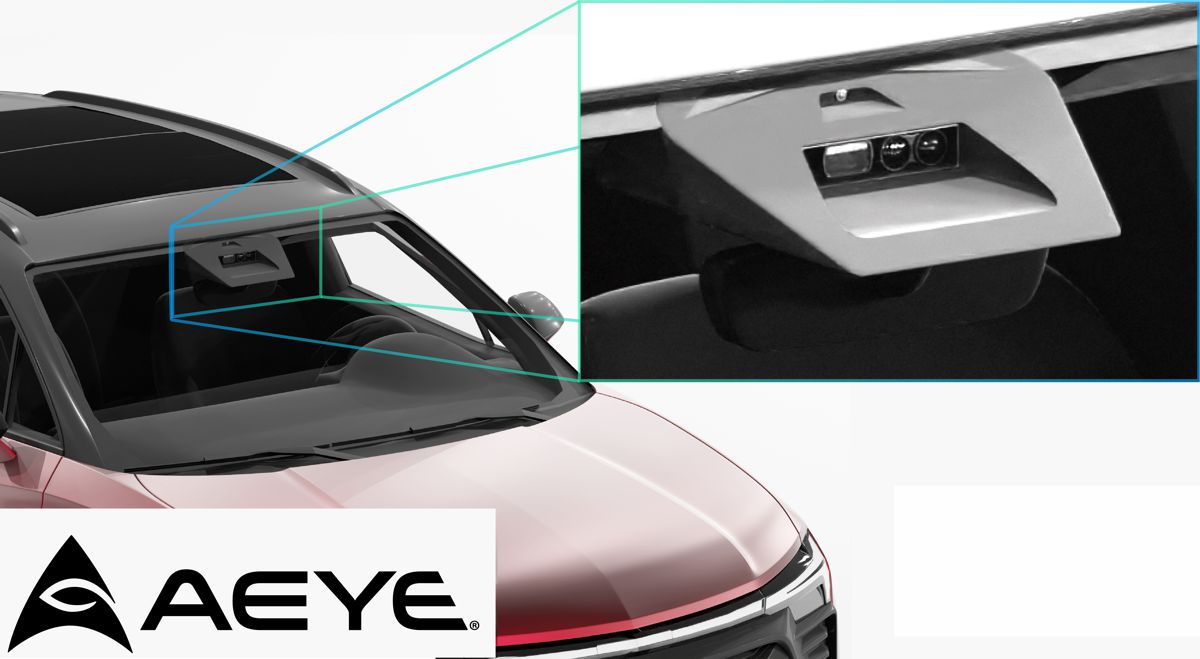AI:TRAIL Quattro from Audi is the off-roader of the future
Audi is completing its quartet of visionary vehicles by showcasing a forward-looking electric off-roader at the 2019 Frankfurt Motor Show. The Audi AI:TRAIL quattro, a comprehensive concept for sustainable mobility off the beaten track, is one of four use case vehicles projecting Vorsprung durch Technik into the future — the Audi Aicon, AI:ME, AI:RACE and AI:TRAIL will be on show together on the Audi stand in Hall 3 throughout the show.
The four-seater Audi AI:TRAIL quattro combines the capacity for automated driving with superb off-road capabilities. The glass surrounding the cabin extends all the way to ground level, providing unrivalled all-round visibility. The ample battery capacity ensures sufficient range even away from dense networks of charging stations.
The “Trail” part of the name evokes the idea of exploring nature. That is why there are no big screens on board for streaming TV series or videoconferencing; instead, broad glass surfaces provide a clear view of the surroundings.
This is how Marc Lichte, Audi’s Head of Design, describes the use case: “With the AI:TRAIL, we are showing an off-road concept with an emissions-free electric drive for an innovative driving experience away from paved roads. Consistent with this, we designed a monolithic basic vehicle body with maximum glazing to create an intense connection to the surroundings. A concept for sustainable mobility on demand.”
Audi’s visionary vehicles
The Audi AI:TRAIL quattro is the fourth entrant in the series of concept cars with electric drive systems, which began with the presentation of the Audi Aicon at the 2017 iteration of the IAA.
Following this luxury-class vehicle very much intended for highly automated long-distance driving, an emissions-free super sports car designed for the race track, the Audi PB18 e-tron, made its debut in Pebble Beach in 2018. It has been given a new name in time for IAA 2019, gaining the shared “AI” prefix to indicate that it, too, is part of the family. It is now known as the AI:RACE, which leaves no illusions as to the purpose of the electric sports car.
The third in the series, the Audi AI:ME—introduced at the 2019 Auto Shanghai show—is an autonomous city car aimed at megacities all over the world. It allows its passengers to stop worrying about the stop-and-go traffic that is inevitable in urban areas, offering them perfect connectivity and a comprehensive range of infotainment services, helping them to spend their time in the vehicle as usefully and as comfortably as possible.
Finally, with the AI:TRAIL, Audi is now opening up the potential applications for its visionary vehicles to include off-road terrain. The car is equipped with four electric motors, systems for assisted and automated driving and—typically for Audi—quattro permanent all-wheel drive.
The Aicon, AI:ME, AI:RACE and AI:TRAIL are united by more than just the concept of sustainable drive systems and a body line that will run far into the future. They also embody an entirely new mobility concept for the brand with the four rings. Unlike the cars of the present, such vehicles will no longer have to compromise between a wide range of uses and scenarios. Instead, it will be possible to design tomorrow’s cars for much more specific use cases.
In the future, customers will be able to order any of these specialist Audi models from an Audi on demand vehicle pool to suit their personal preferences and requirements and to lease them for a limited period. In the process, they will not have to miss out on the high level of customization that is taken for granted in the premium segment nowadays. That is because it will be possible for all the user’s available data and preferences to be taken into account in the process of configuring and equipping the vehicle for lease.
Customers who book a vehicle will then not only get their desired vehicle but also can have it configured to suit their personal preferences as far as possible. The colour, interiors, and technical options can be pre-configured online with the app or via the driver details stored in the myAudi system. Even drivers’ preferred interior temperature, the perfect ergonomic seat adjustment, and their personal music library will already be activated when they get into the car.
This offer is accessible and easy to use via a simple app that connects the vehicle order, personal preferences of the user, and numerous options that can be used while on the road.
Technology that’s plain to see – the exterior
With an exterior length of 4.15 metres and a width of 2.15 metres, the brawny Audi AI:TRAIL’s potential away from paved roads is immediately apparent. The roof height of 1.67 metres and the enormous 22-inch wheels with 850 mm tyres hint at the vehicle’s excellent off-road capabilities even when it is standing still. With a ground clearance of an impressive 34 centimetres, it can ford through water more than half a metre deep.
On rough, rocky terrain, this architecture provides plenty of agility without the battery unit integrated in the floor coming into contact with the ground.
The cabin itself is an extensively glazed space surrounded by polygonal shapes, with room for up to four people. One characteristic feature—and one that indicates the vehicle’s kinship with Aicon and AI:ME—is the protruding ridge halfway up the side windows. This line continues to both the front and rear and acts as a waistline uniting the entire body in one monolithic whole.
With the electric drive system arranged around the axles and the battery in the floor, there is no need for overhanging sections or separate attachments for the motor or batteries. Something else that the four visionary Audi vehicles at IAA 2019 will be demonstrating is that the one-box design is becoming the gold standard for the age of the electric vehicle.
Light weight and maximum body stiffness are, of course, important technical objectives for off-roaders in particular. That is why the body of the Audi AI:TRAIL is made of a mixture of high-tech steel, aluminium and carbon fibre. As a result, it weighs just 1,750 kilograms (3,858.09 lb) despite its high-capacity battery.
With the Audi AI:TRAIL, form follows function. In the interior, the side window ridges give passengers space where they objectively need it the most—around their shoulders and elbows. They also provide extra space where they subjectively perceive it most acutely, as the way in which the side windows extend down low opens up a clear view down to the ground, even between the wheels. The aim of the designers here was to give those inside the vehicle the best possible view of nature and their surroundings, breaking the boundaries between the interior and the world outside.
When the car is moving, the occupants’ gaze is not merely focused on the terrain ahead but is free to wander and happen upon little details in the open spaces around them. In the AI:TRAIL, passengers can relax and enjoy the tranquility of the ride without even having to think about it.
Helicopter-style all-round visibility
The windscreen wraps around the front of the vehicle like the cockpit of a helicopter. Passengers have an unobstructed view of the road or trail both in front and to the sides. Nor is it just the front and sides that are transparent and covered in glass. Almost the entire roof, from the top of the windscreen to the rear spoiler, allows a clear view of the sky and the landscape. Even the vertical Single frame is glazed, with only the four rings of the badge sitting in their customary position in what is otherwise a glass octagon.
Both the windscreen and the tailgate open wide, providing easy access to large storage compartments with straps to keep luggage secure in transit. Integrated in the bumper at the rear is another separate compartment for dirty items such as hiking boots, climbing gear or wet clothing.
The side sills beneath the opposing doors act as retractable running boards. This makes it easier to load and unload the roof rack. Instead of bulky wheel wells, horizontal wings are all that sit above the four wheels. That makes it possible to see the suspension in action from the cockpit even during travel.
Bulky transverse links and MacPherson suspension struts with coil springs and adaptive dampers provide suitable robustness and ensure safe driving stability. The special tyre design becomes apparent at first glance, as the profile appears to be drawn all the way up into the high tire sidewalls. However, behind it lies a structure of supporting struts, which are integrated in the treads, and the actual surface. This design allows the tyres themselves—in addition to the suspension struts—to contribute a further 60 millimetres of suspension travel. Aside from improved off-road capability, this provides the occupants with an enormous amount of additional comfort.
The tyres also feature variable, sensor-controlled air pressure regulation. Optical sensors and electronic stability control (ESC) work together to detect the condition of the road surface and adjust the air pressure in the tyres accordingly. As regards traction, it can be useful to reduce the pressure, such as when driving on sand, and thereby increase the tyre contact patch. By the same token, increasing the pressure again when switching to asphalt increases drive stability.
Reduction as a principle of style – the interior
The interior of the Audi AI:TRAIL is uncluttered and spacious, and it has just a few visible control elements. There are two comfortable-looking, almost delicate seat shells in the front row, both equipped with four-point seat belts. Light colours dominate the upper interior area down to the level of the seat cushion and the low dashboard. The openness to the outside world appears all the more present; the occupant’s eye is drawn to the large glass areas in the front and side sections and guided through the almost fully glazed roof.
Pedals, a yoke for a steering wheel, a few buttons, and a smartphone attached to the steering column as a display and control centre for vehicle functions and navigation—those are all the elements there are for the interaction between the driver and the vehicle.
The whole colour concept with its blue and grey surfaces and earthy tones emphasises the connection between the interior and the surrounding nature. The sense of touch adds to this perception, with rough, granular surfaces indicating functional qualities. Smooth wool felt in the luggage compartment provides a cosy contrast. Like in previous concept cars, the Audi designers also use recycled materials in the AI:TRAIL. The carpet is made of reprocessed wool with recycled leather, both of which are sustainable and durable, and feature excellent acoustic and climatic properties.
There is storage space between the seats and also under the windscreen. Tensioning straps secure any stowed objects, which can also be loaded from the outside through the upward-folding windscreen. Seat belt retractors ensure that the tensioning straps always have optimum tension.
The second row features a novelty in the form of two seats designed like hammocks. When taut and tensioned in a transportable tubular frame, panels of fabric form a comfortable seating surface and backrest, and the backrest that is drawn around to the side even provides lateral support. These seats are good for relaxation in more ways than one, as they can even be taken out of the AI:TRAIL and used as mobile outdoor chairs.
Eyes in the sky
Mobility and multi-functionality are features of the Audi AI:TRAIL’s light sources as well. Instead of conventional headlights, self-contained light sources sit below the A-pillars and can shine both outward and inward. These LED elements are dimmable and adjustable and can be used as interior lighting as well as for lighting the vehicle’s path. The rear light operates in a similar way.
Extending across the full width of the rear section, this element can be used to illuminate the luggage compartment and as distinctive signature lighting for the exterior.
Instead of conventional low beams and high beams, the Audi AI:TRAIL is equipped with a total of five rotorless, triangular, electrically operated drones with integrated matrix LED elements. They are capable of landing on a roof rack or directly on the roof of the vehicle, and docking onto the inductive charging elements.
The flying objects are Audi Light Pathfinders, which generate their lift in the same way as bladeless fans produce their air flow. Thanks to their markedly lightweight design, they can fly ahead of the AI:TRAIL, consuming comparably little energy in the process, and illuminate the path ahead, thereby replacing headlights entirely. If desired, the on-board cameras generate a video image that can be transmitted to the display in front of the driver via Wi-Fi, turning the Pathfinders into eyes in the sky.
When the AI:TRAIL is stationary, the drones can also illuminate the surrounding area from their position on the roof; for example, when the occupants are enjoying a picnic next to the vehicle.
They can also illuminate the interior through the transparent panoramic roof if the occupants prefer to remain inside the vehicle.
The drones, which are coordinated fully automatically by the AI:TRAIL, usually fly at least in pairs. If necessary, they can also provide additional light intensity or illuminate the area around the vehicle by coming together to form groups of up to five drones. The occupants can simply use control software on their smartphones to set their desired scenario.
The Audi Light Companion is just as easy to use. This is a light source that is shaped like a large flashlight but has a much more extensive range of functions. It is normally magnetically attached to the front side of the seat, where it acts as ambient lighting. However, you can also take the Light Companion with you when you leave the AI:TRAIL, and this is when it really shows what it can do.
Integrated in its housing are three legs that can be used to stand the light in place and turn it into a campfire light or a close-range floodlight. The housing also accommodates several cameras that can scan the way ahead or take videos of the scenery, which can then be uploaded directly so social media.
However, that is not the end of the Audi Light Companion’s talents. When integrated with the AI:TRAIL’s navigation system, it is capable of projecting directional symbols and even written information onto a route and thereby helping AI:TRAIL users to find their way around when hiking.
Audi AI – on the road to smart mobility
Audi AI:ME and Audi Aicon: two concept cars whose very names refer to the new, two-letter abbreviation under which Audi is bundling an entire cluster of innovative mobility technologies. There is now a new member of the family in the form of the AI:TRAIL. Audi AI is the code for a variety of electronic systems that relieve strain on drivers and simultaneously offer them new ways to use the time spent in the car. To this end, Audi AI also uses strategies and technologies from the field of artificial intelligence and machine learning. Audi AI combines vehicle intelligence, which makes automated driving possible in the first place, and interaction intelligence, which turns the vehicle into the occupants’ partner.
Audi AI systems are capable of learning and thinking, while also being proactive and personal. Thanks to Audi AI, models bearing the four rings will be both intelligent and empathetic in the future. They will be able to continually interact with their surroundings and passengers and thus adapt themselves in a better way than ever before to the requirements of those on board.
Automated driving on roads, driver assistance in rough terrain
What is already established in rail transportation and aviation is now at the threshold of a breakthrough in automotive transportation—automated driving. The Audi AI:TRAIL is designed for driving on roads up to level 4.
Level 4 is the second-highest level on a standardized international scale for increasing automation. Although systems in this category do not require any assistance on the part of the driver, their function is limited to a specific area—such as highways or areas of inner cities equipped with suitable infrastructure. In these places, the driver can completely transfer the task of driving to the system. The driver needs to resume the task only when the car leaves the area defined for fully automated driving. The Audi AI:TRAIL is therefore equipped with the traditional steering wheel and pedals.
The driver will need them when going off road at the latest. After all, although even unpaved dirt tracks and forest paths have been mapped extensively through digital cartography, the way in which their surfaces frequently erode makes them too variable to allow their limits and any damage to be digitalized for automated driving reliably and for any extended period. Automated driving in the reduced-speed level 3 range can therefore be possible on dirt roads only in exceptional cases and at low speeds. In these situations, the driver will have several seconds to take over.
But the sensors and assist systems don’t leave the driver of the AI:TRAIL alone, even off-road. First of all, there is the tried and tested sensor system for the ESP on board, of course. The data for friction values and slip, longitudinal and lateral acceleration provide the electronics with all necessary parameters they need in order to optimize drive stability. There is also a whole range of sensors that can detect both the road surface and obstacles; they work with optical systems such as cameras and lasers, as well as with ultrasound and radar. The data that they provide enables the central driver assistance system to avoid collisions by intervening with the steering and braking as needed.
The electronics also assist the driver with conquering uneven stretches, for example when the vehicle is in a tilted position or on particularly challenging inclines. Where necessary, the systems warn the driver when critical limits are about to be exceeded, such as ground clearance or angles of incidence that are difficult to control. They can also keep the vehicle on track, within the limits of the system—much like a lane-keeping assist working in concert with cruise control. Depending on the circumstances, this puts the vehicle at automation level 2. However, it requires the driver to be paying attention at all times. The smart assistance systems do provide effective support, definitely help to improve safety and take a significant amount of the strain off the driver.
Discovering life at a slower pace – the drive system
The performance specifications for the Audi AI:TRAIL are markedly different from those for conventional automobiles. That is because the car’s development was not about achieving remarkably quick acceleration or hitting extreme speeds on the autobahn.
Given that the AI:TRAIL is intended for use in areas without charging infrastructure, the thing that really draws the attention is its range. The stated target with its lithium-ion battery is 248 to 310 miles on roads or easy off-road terrain (in line with the WLTP). On rough ground, where the almost constantly elevated wheel slip alone means that energy consumption is higher, the limit is still an impressive 155 miles.
In order to meet these requirements, the vehicle is designed to reach a maximum speed of 80mph on the road. The vehicle electronics continuously monitor the energy flow and consumption, thereby ensuring maximum economy even during off-road driving.
In terms of drive hardware, the Audi AI:TRAIL is equipped with four electric motors installed near the wheels, each of which propels one wheel directly. As is typical for Audi, the off-roader is therefore a true quattro. The maximum system output is 320 kilowatts and the maximum torque is 1,000 Newton-metres (737.6 lb-ft). Usually only a fraction of this power is mobilised; the drive of just one axle is often sufficient.
Due to the individually propelled wheels, the vehicle can do without differentials and locks, which also consume energy. Thanks to the moderately calculated maximum speed, the gear ratio can be designed such that every wheel is provided with enough torque even without a multi-speed transmission.
The electronics coordinate driving stability and traction. If energy-consuming slip can be avoided, it reduces the supply of torque to the affected wheel. However, in situations in which slip is useful, such as on low-grip uphill stretches, the system permits it automatically. The large amounts of reserve power of the AI:TRAIL allow it to conquer challenging stretches even in difficult conditions—confidently, safely and always without emissions.











